What are these species and how are they affecting our native species here in Canada?
A study published last year states that non-native species are expected to increase by 36 per cent throughout the world by 2050, compared to 2005 levels. Non-native species are those that have been introduced by people, either accidentally or intentionally, into places that are outside of their natural range.
This is quite an alarming statement as some of these species may become invasive. Invasive species, according to the World Conservation Union, are considered the second most significant threat to biodiversity; second only to habitat loss. Without predators or other natural controls, some non-native species can breed and quicky spread to take over an area, becoming invasive.
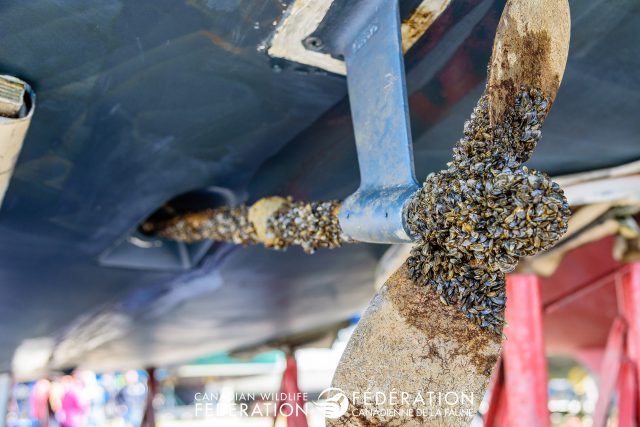
What’s contributing to this forecasted increase in non-native species? The article points to trade and transport, as well as climate change, biodiversity loss, human migration and land-use change as drivers. These drivers are expected to intensify, leading to an increased probability of species being introduced and becoming established.
It is difficult to determine exactly how many non-native species are currently in Canada and how many of these are considered invasive. One report states that approximately 1,229 (24 per cent) of the 5,087 plants that are known in Canada are not native and 486 of these are considered to be invasive. In 2017, the Government of Canada stated that more than 160 non-native species called the Great Lakes home.
Let’s take a look at a handful of non-native species that have become established in Canada and what their impact is:

Lymantria dispar dispar (LDD) (formerly known as the European Gypsy Moth) – This invasive moth originates from Europe and can be found in regions of Prince Edward Island, Nova Scotia, New Brunswick, Ontario and Quebec. The caterpillars feed on over 300 plant hosts including a number of hardwood as well as some softwood species. They are a defoliating forest pest with a ferocious appetite as each caterpillar can eat one square metre of leaves in a single season.
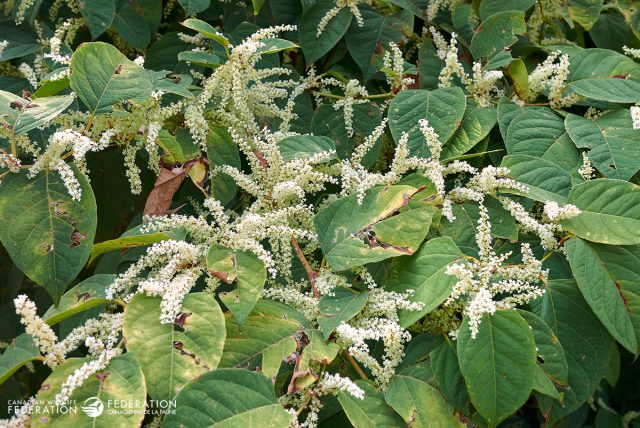
Japanese Knotweed – native to eastern Asia, this is an aggressive semi-woody perennial plant. It is found from Ontario to Newfoundland as well as in British Columbia, Alberta and Manitoba. It quicky spreads and creates thickets that are so dense they destroy wildlife habitat. Its root systems are so strong that they can push through concrete and asphalt.
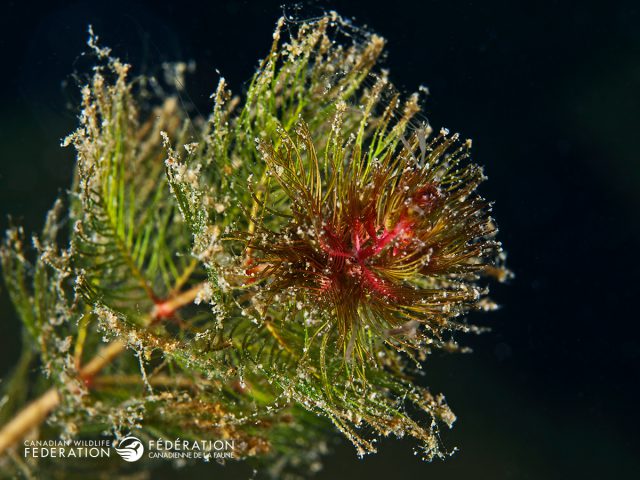
Eurasian Watermilfoil – not to be confused with our native Northern Watermilfoil, Eurasian Watermilfoil grows in shallow waters and has been found in Prince Edward Island, New Brunswick, Quebec, Ontario, Manitoba, and British Columbia. It quickly grows forming dense, thick mats. It competes with our native vegetation, reduces biodiversity, and reduces the amount of available oxygen when it decomposes.
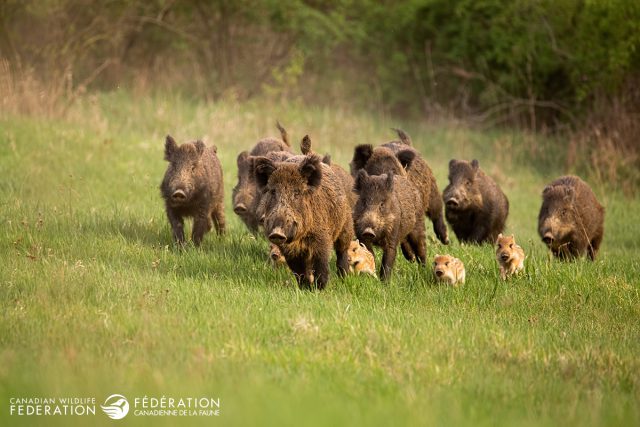
Feral Pigs/Wild Pigs– these are feral domestic pigs, escaped wild boar, and their hybrids. They are native to Eurasia and were introduced to Canada as exotic livestock. They are found in British Columbia, Alberta, Saskatchewan, Manitoba, Ontario and Quebec. They reproduce quickly, destroying native ecosystems and can spread disease.
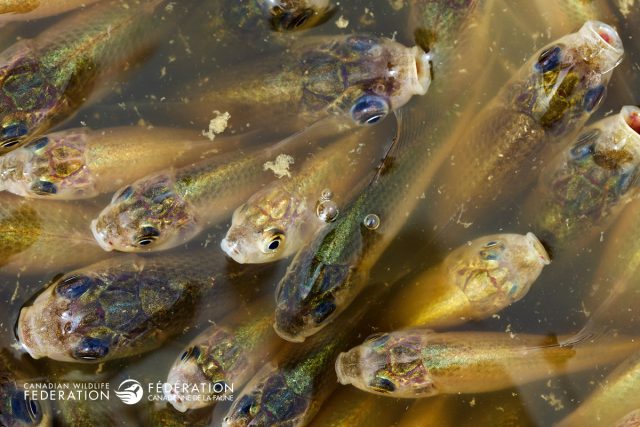
Prussian Carp – considered to be native to central Europe and Asia, this non-native invasive species is found in Alberta and Saskatchewan. They outcompete our native species for food and habitat, threatening the ecological integrity of the water bodies they are found in.
With more non-native and potentially invasive species knocking on Canada’s door, you can play an important role in keeping them out. Be sure to:
- Check out your invasive species council to learn which species are of concern in your province
- Use native plants in your landscaping
- Clean, drain and dry your boat, trailer, motors and any equipment before moving them to another water body
- Never release pets including fish, crayfish and turtles from aquariums or aquarium plants into the natural environment
- Don’t move firewood, use local wood
- Bait buckets should be emptied on land, never in another water body
- After a hike in the woods, clean off your pants and shoes before heading home
*The provinces noted for the above listed species were the best known at the time this article was written. The range of non-native and invasive species can change over time.

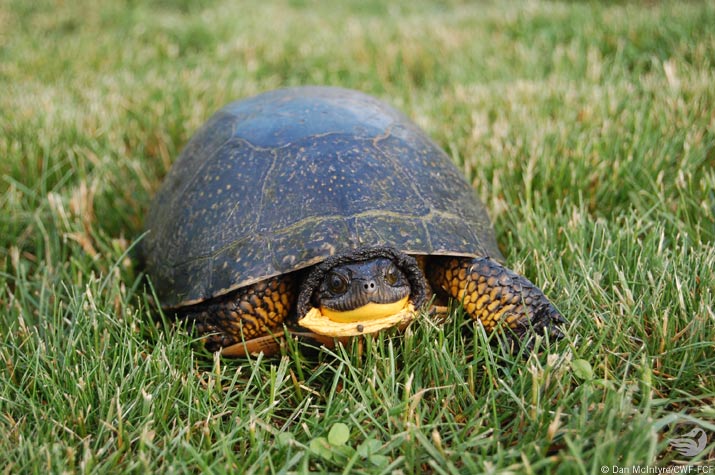


3 comments
Excellent info. A pleasure to read.
It boggles my mind when CWF skips the House Sparrow. This is the only invasive species to Canada that people actively breed in the yards and feed year round.
So true! There are many many alien species in Canada – from House Sparrows to European Starlings. You just gave us a good idea for another blog! Thanks!